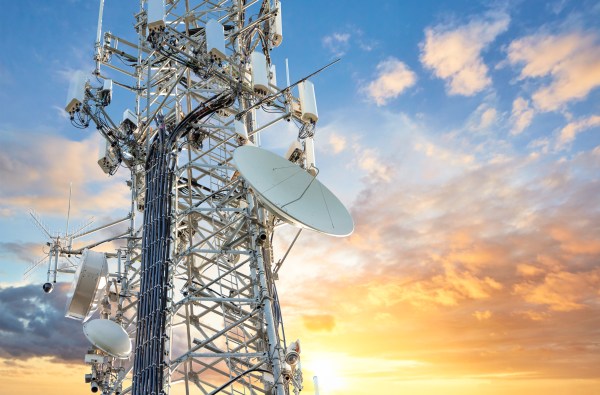Edge computing is arguably the most exciting development in IT since the development of the cloud. It is already having a huge impact on multiple areas of business and human life as a whole. Moreover, its potential is only just starting to be tapped. Here is a quick guide to what you need to know about edge computing trends and their impact on data center strategies.
Understanding edge computing
Before looking at edge computing trends, it’s helpful to review edge computing itself and what it means. At a high level, edge computing is simply computing performed at the edge of a network (as opposed to in a centralized data center or cloud).
The end effect of this is that data processing takes place nearer to where data is created and/or used. This minimizes the distance that the data needs to travel and, hence, improves response times. Edge computing is, therefore, highly beneficial for applications and services that need to deliver results quickly.
In its original form, edge computing was very much focused on endpoints, often known as edge devices. These still play an integral role in edge computing. At the same time, as the technology matures, new approaches to implementation are being developed.
Currently, most of these focus on extending the capabilities of edge devices. For example, fog computing adds an extra layer of infrastructure between the edge and the core of the network. Any data the edge devices cannot process will go to the fog devices. They will either process it or forward it to be processed centrally.
Edge computing trends
Here is a quick overview of 10 of the key edge computing trends currently influencing businesses in general and data centers in particular.
5G integration: The rollout of 5G networks reduces latency and enhances the performance of real-time applications such as IoT, AR/VR, and autonomous vehicles.
Edge AI and machine learning: This edge computing trend minimizes latency, reduces bandwidth usage, and enhances privacy by enabling intelligent decision-making at the edge of the network.
Edge-to-cloud synergy: Edge-to-cloud architectures distribute processing between edge devices and centralized cloud servers (and possibly fog devices as well). This optimizes resource utilization, balances workload distribution, and ensures seamless data orchestration between edge and cloud environments.
Containerization and microservices: Adoption of containerization technologies like Docker and Kubernetes improves scalability and portability. It also facilitates the management of applications across diverse edge environments, enabling efficient resource utilization and rapid deployment of edge services.
Edge security enhancements: With the proliferation of edge devices and data generated at the edge, there’s a growing focus on enhancing edge security. Edge security solutions use similar approaches to regular security solutions (e.g. they apply encryption, authentication, access control, and threat detection mechanisms). They are, however, specifically tailored to the specific requirements of distributed edge environments.
Fog computing: Fog computing extends the capabilities of edge computing by introducing intermediary nodes between edge devices and the cloud. These fog nodes facilitate localized data processing, resource management, and service delivery, improving scalability, reliability, and efficiency in edge deployments.
Edge-native applications: Developers are increasingly designing applications specifically optimized for edge environments. These edge-native applications are lightweight, modular, and resource-efficient, enabling seamless execution on edge devices with limited processing power and memory resources.
Edge analytics: Edge analytics involves real-time processing and analysis of data at the edge of the network, enabling immediate insights and actionable intelligence without relying on centralized servers. This trend reduces the need for data transmission to the cloud, minimizing latency and enabling faster decision-making in time-sensitive applications.
Edge-as-a-service (EaaS): Edge-as-a-service models are emerging to simplify the deployment and management of edge computing infrastructure and services. EaaS providers offer scalable, pay-as-you-go solutions for edge computing resources, enabling organizations to leverage edge capabilities without significant upfront investment or complex infrastructure management.
Open edge standards: Standardization efforts are underway to define open protocols, APIs, and architectures for edge computing. These open edge standards promote interoperability, compatibility, and vendor neutrality, facilitating seamless integration of diverse edge technologies and ecosystems, driving innovation, and accelerating adoption in the edge computing landscape.
What edge computing trends mean for data centers
With the rise of edge computing, data centers are adapting to support distributed processing and storage closer to the data source. This necessitates the development of edge-focused infrastructure designs, dynamic resource allocation mechanisms, and scalable edge data management solutions within data centers.
Furthermore, data centers are evolving to embrace hybrid architectures that seamlessly integrate edge, cloud, and on-premises resources. Collaboration and partnerships among data center providers are becoming crucial to effectively address the evolving demands of edge computing, ensuring optimal performance, reliability, and security across distributed edge environments.






